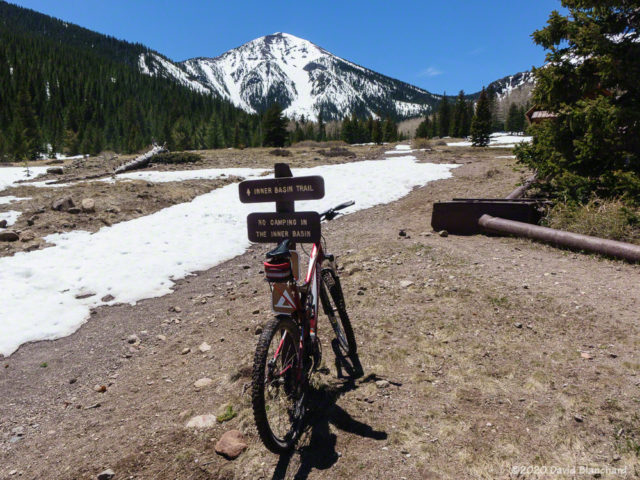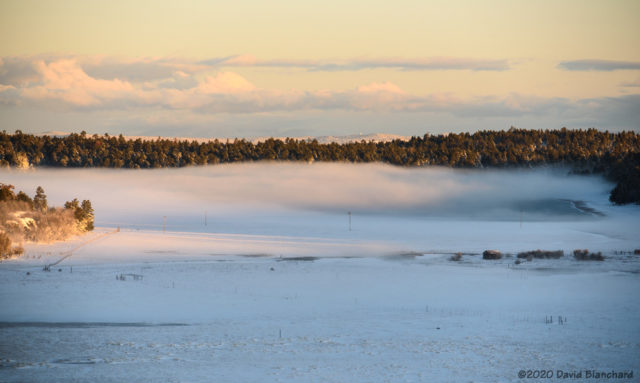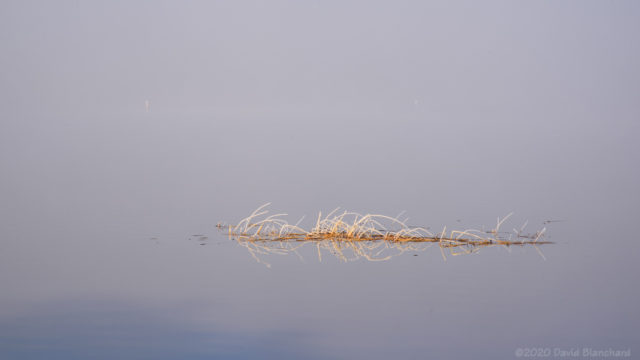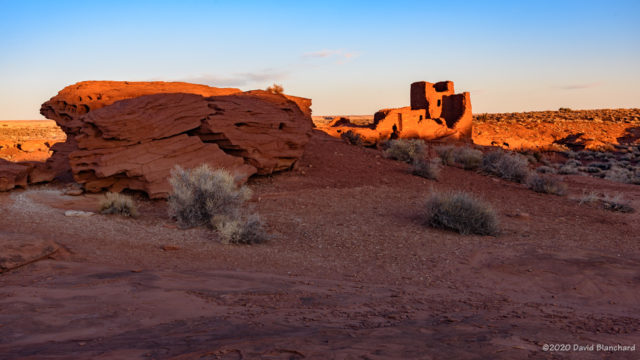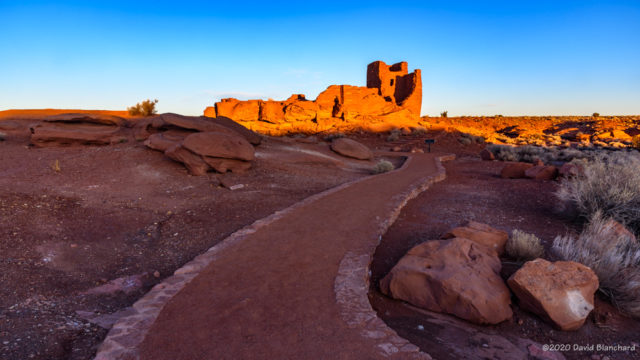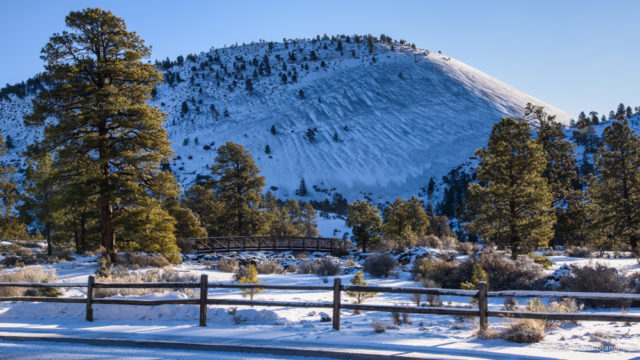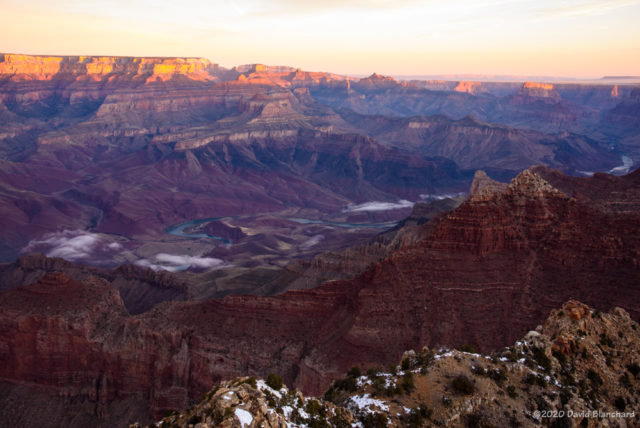A few weeks ago, we chose to run the Sycamore Rim Trail. Our start location was the Pomeroy Tanks trailhead. From there we headed in a clockwise direction and reached our turnaround spot on the top of KA Hill.

We reversed our direction and once again passed by Pomeroy Tanks but kept going for another mile to Sycamore Falls. Alas, the falls were dry and no water was flowing down the stream. But back at Pomeroy Tanks there was water and still some flow through the numerous pools. It was very picturesque but it was now late morning and all I had was a camera phone.
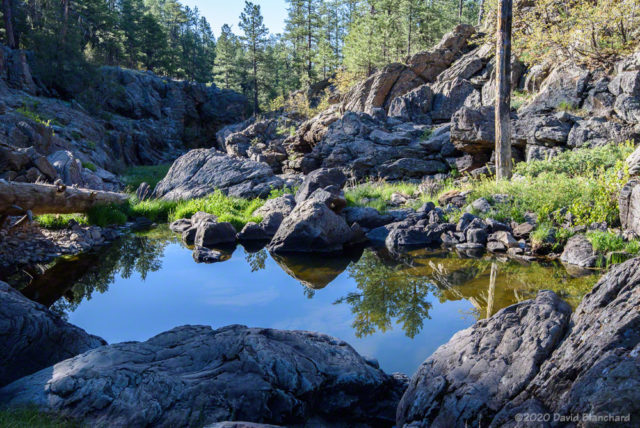
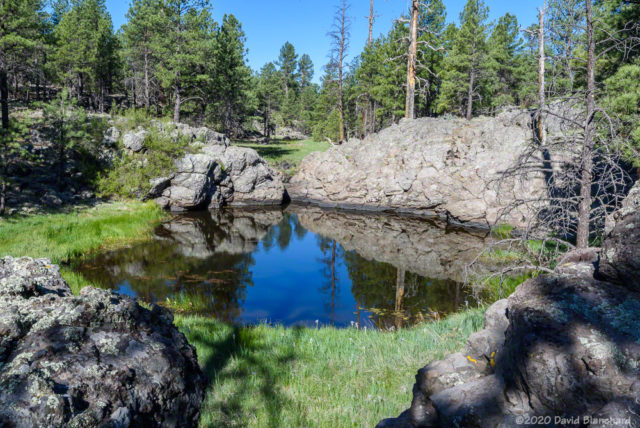
We decided to return a few days later and to shoot photos in the early morning light. The pools were still mostly in deep shadows at this early hour. And, since it had been a cold night, there was still a touch of frost on the abundant grasses around the pools.
With calm winds the surfaces of the pools were like a mirror reflecting the deep blue sky. It was worth the return trip.

